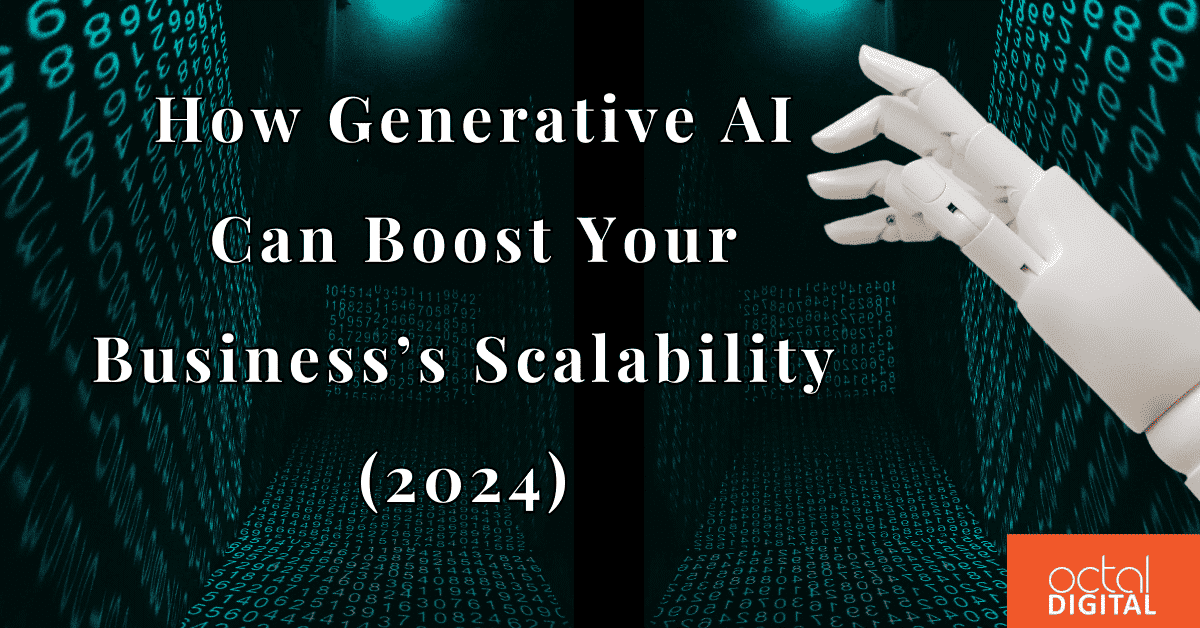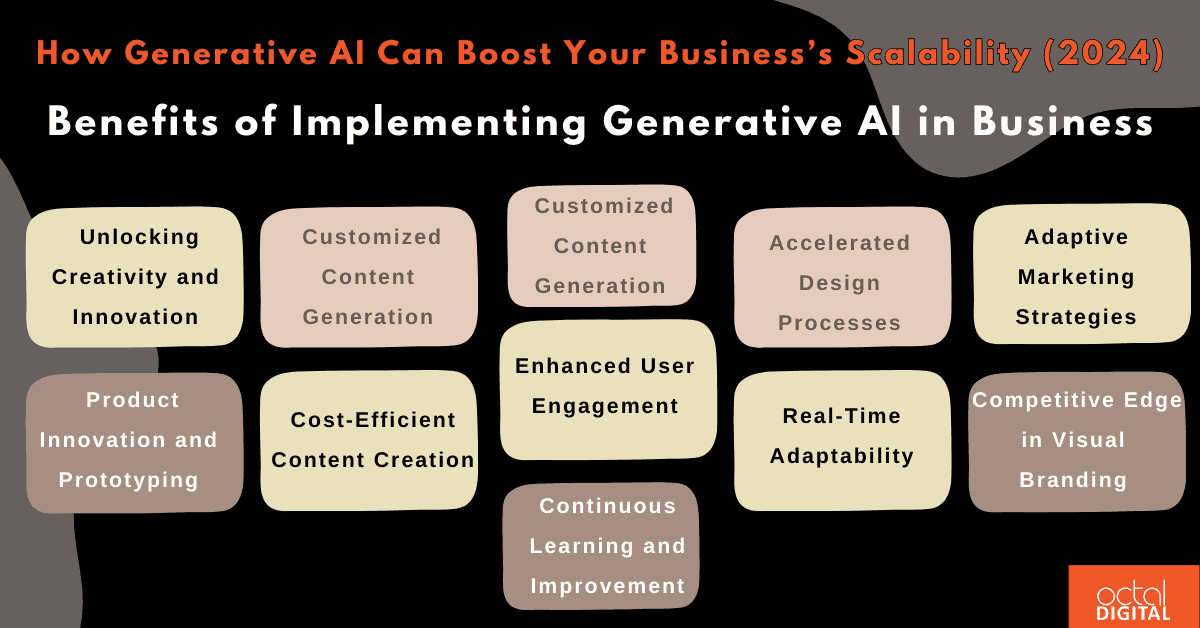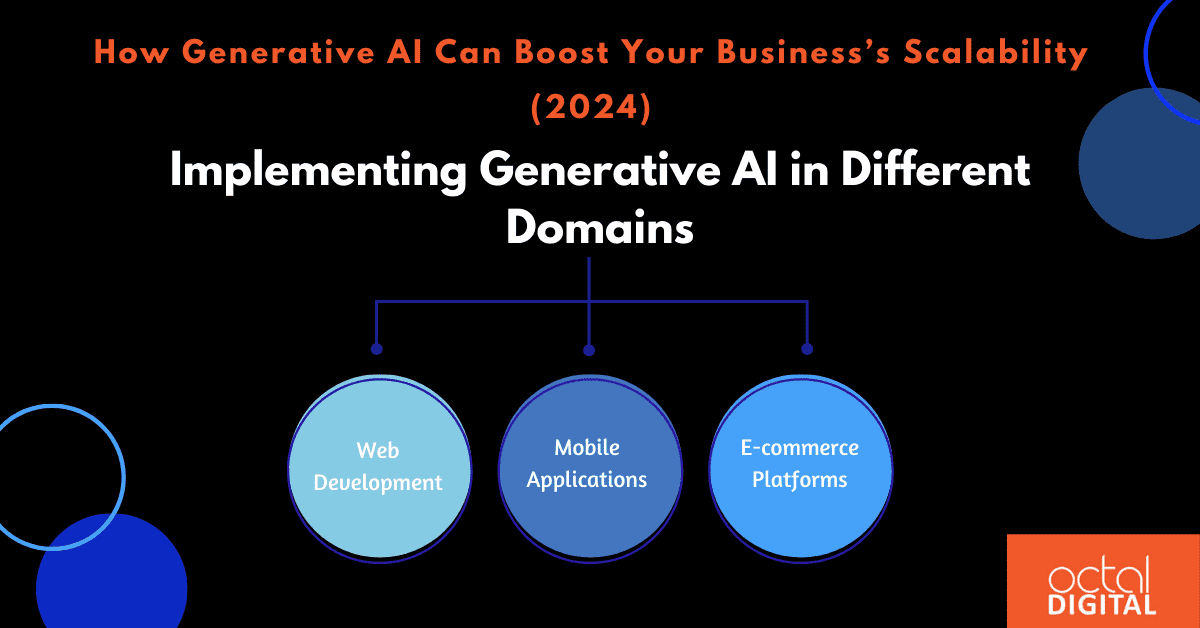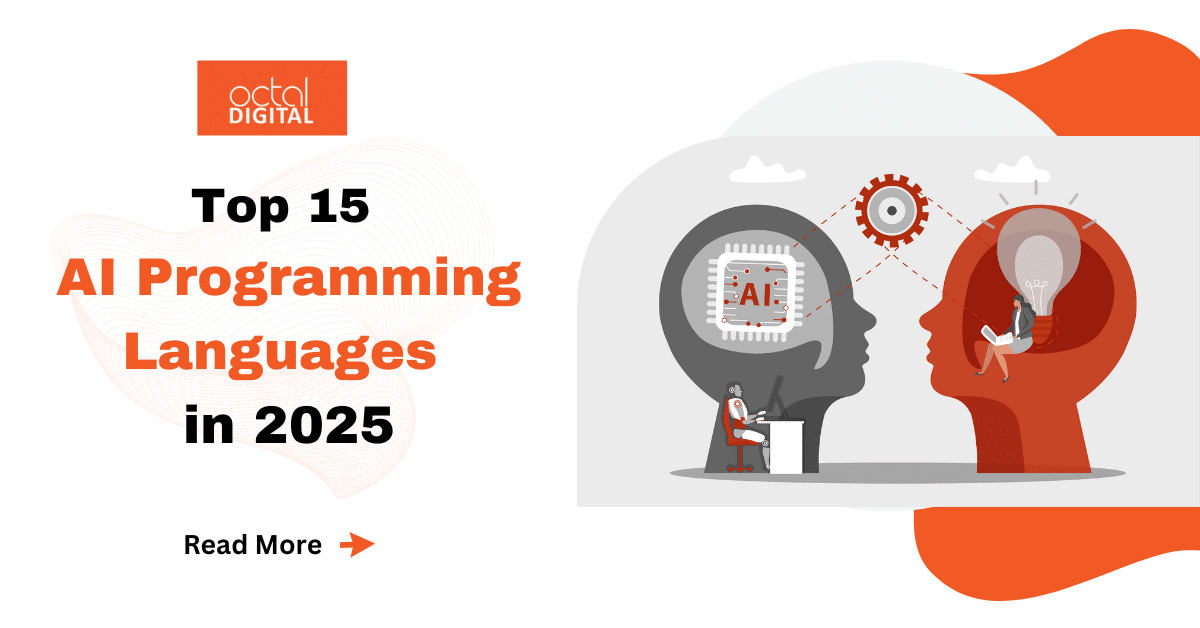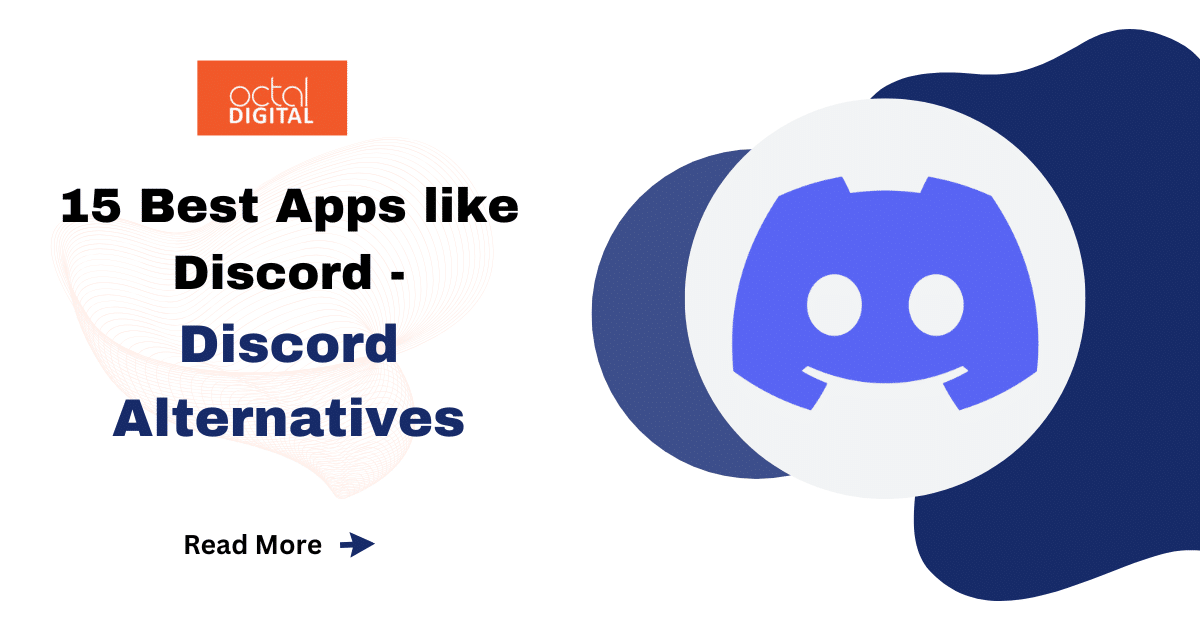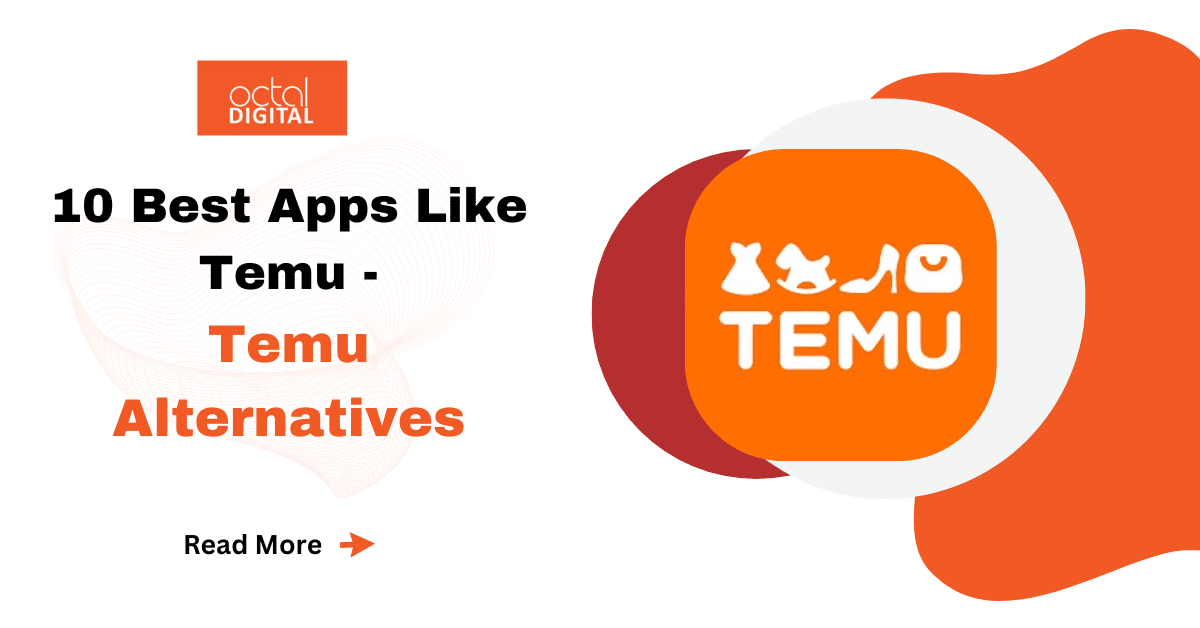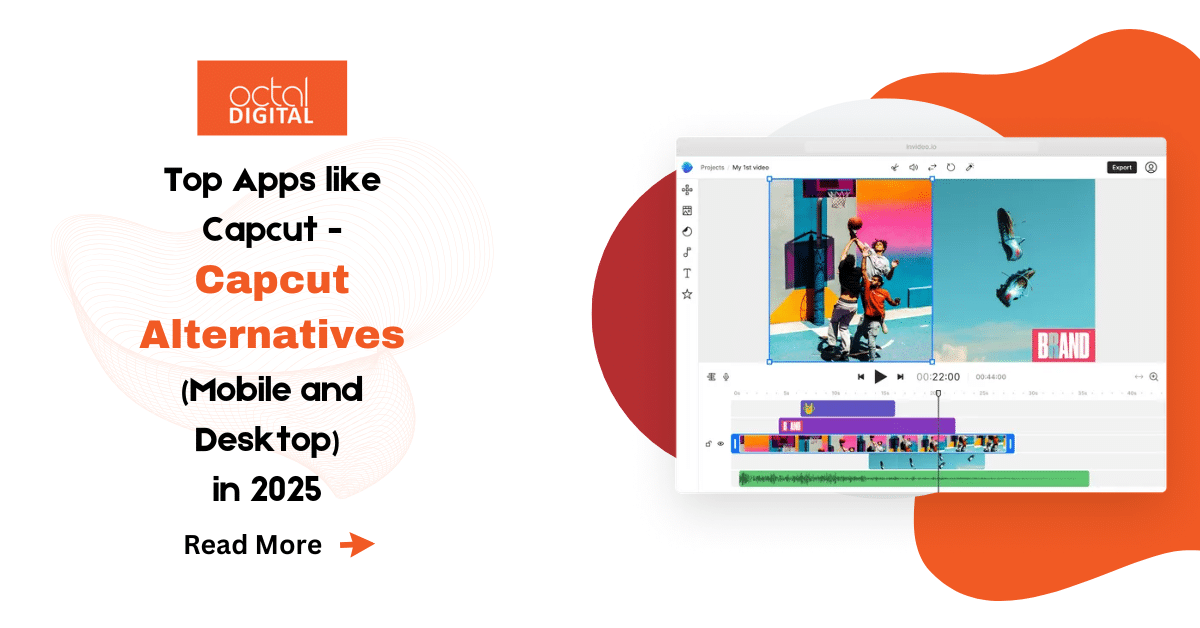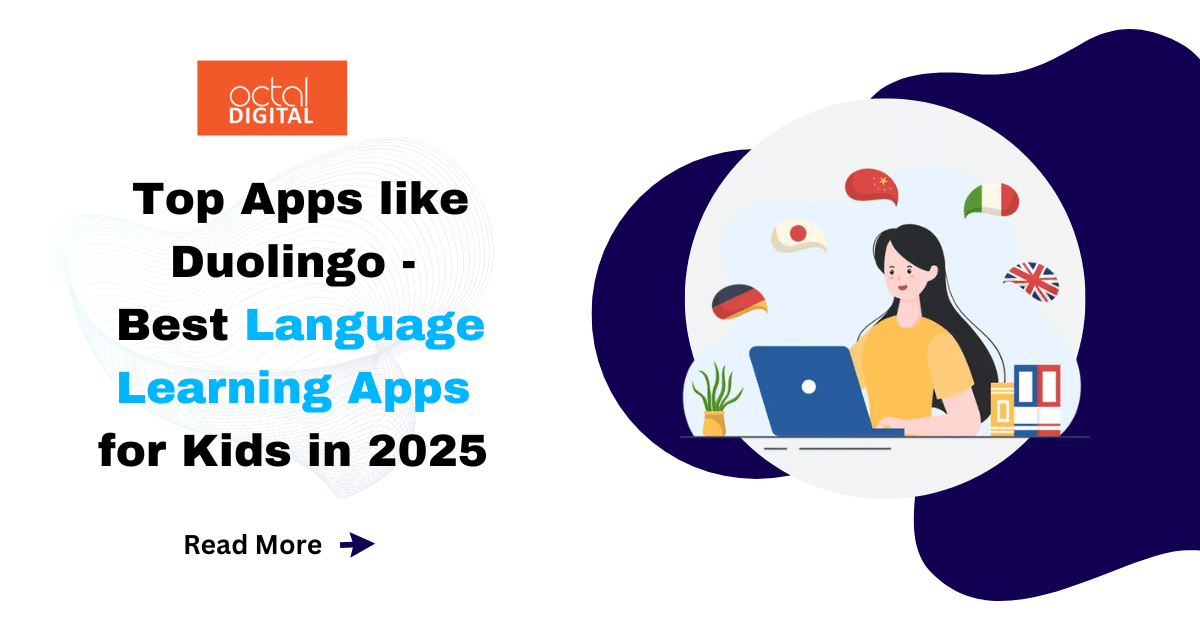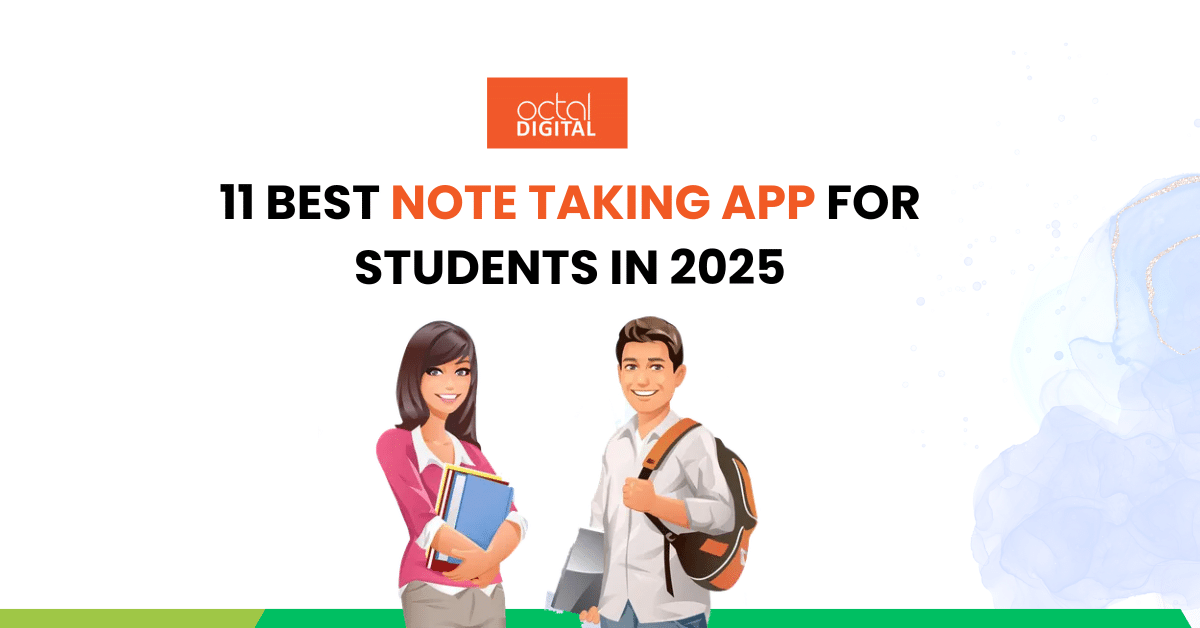Generative AI is a subfield of artificial intelligence focused on content creation. Its basic building blocks are intricate algorithms designed to generate data on their own that closely mimics—and in some cases even exactly mimics—real-world data. Writing, images, and other forms of content creation fall under this category.
Table of Contents
ToggleWhat is Generative AI?
A keystone of technology, generative AI improves user experiences and spurs creativity. Its remarkable capacity to create creative and realistic content heralds a paradigm shift for a range of applications. As we delve into the technical details of its implementation, we reveal the potential of generative AI to dramatically revolutionize digital interactions.
Benefits of Implementing Generative AI in Business
A. Unlocking Creativity and Innovation
Generative AI is a game-changer that fosters an inventive culture and allows your business to reach previously unattainable creative heights. With the use of sophisticated algorithms and machine learning, generative AI allows teams to create content that goes beyond what is conventionally possible.
Key Features and Benefits:
- Diverse Content Exploration: Generative AI allows teams to explore new concepts and creative ideas that would not have come to them while utilizing traditional methods by encouraging experimentation with a range of content formats.
- Support for Idea Generation: During brainstorming sessions, businesses can benefit from the consistent flow of unique ideas generated by generative models, which foster creativity and ideation.
- Collaboration Across Disciplines: Generative AI fosters interdisciplinary collaboration among creative, technical, and business teams by tearing down organizational barriers and establishing a forum for the exchange of divergent ideas.
- Iterative Prototyping: By allowing teams to quickly generate and evaluate a range of design options, generative AI accelerates innovation and reduces time-to-market.
B. Customized Content Generation
With generative AI, businesses can reinvent content creation and tailor results to precise specifications. Companies can add a personal touch that resonates with their target market by customizing marketing materials, generating product descriptions dynamically, or adding unique design elements to digital assets.
Key Features and Benefits:
- Personalization at Scale: By creating unique and relevant experiences for certain users or audience segments, businesses may boost engagement and conversion rates through personalization of content at scale.
- The term “adaptive messaging” describes generative models’ capacity to change content based on user preferences, actions, and real-time interactions while preserving contextual resonance and relevance.
- Localization and Global Appeal: Businesses can interact with clients globally in a personalized manner by tailoring content development to local languages, cultural peculiarities, and preferences.
- Dynamic Brand Storytelling: Generative AI allows businesses to reinforce brand identity through a variety of material by creating a multitude of stories, altering tone, and altering visual elements.
C. Enhanced User Engagement
Generic artificial intelligence’s creative outputs increase user engagement on digital platforms by creating dynamic and captivating user experiences. Companies may increase session lengths, interaction rates, and conversion rates by using visually attractive images and tailored content recommendations to engage their audience.
Key Features and Benefits:
- Visual Appeal and Retention: AI-generated graphics and interactive elements enhance the visual appeal of a website or application to entice visitors and promote extended usage.
- Personalized Content Suggestions: Generative AI enables personalized content suggestions and improves user connections by enhancing the relevancy of recommended products, articles, or media.
- Interactive Conversations: Users may engage in dynamic, context-aware, engaging, and natural conversations with chatbots and conversational interfaces that use generative models.
- Gamification and Interactive Elements: Businesses can use generative AI to offer gamification elements or interactive features that make users’ experiences more enjoyable and engaging.
D. Accelerated Design Processes
In creative fields like graphic design and user interface development, generative AI is a powerful tool that expedites design processes and improves the creative workflow. Businesses that provide design concepts, create variations, and automate repetitive activities can improve workflows and free up teams to focus on highly creative decision-making.
Key Features and Benefits:
- Suggestions for Creative Design Elements: Generative AI helps designers by proposing imaginative design elements that encourage teams to experiment with a variety of visual aesthetics and improve the overall appeal of digital assets.
- Designers explore various layouts, color schemes, and visual elements to identify the most efficient and aesthetically pleasing combinations by automating the development of design variations.
- Iterative Prototyping: Design teams may quickly and effectively experiment with many design possibilities thanks to the use of generative models, which eventually result in more polished and refined final products.
- Workflow Optimization: Generative AI optimizes workflows by automating repetitive design processes, freeing up designers to concentrate on strategic decision-making, innovative ideation, and perfecting the finer points of the design process.
Elevate your online presence with Octal Digital, an expert WordPress web design company. Our web development services in Houston are designed to transform your brand’s image, creating a website that authentically reflects your vision and engages your target audience. Take the first step towards online success by reaching out to us for a consultation.
E. Adaptive Marketing Strategies
With the help of generative AI, businesses can now produce content that is dynamically generated depending on user preferences, real-time analytics, and market trends. Because of its adaptability, businesses can ensure that the material is up to date and meets the evolving needs of their target audience while yet maintaining the marketing campaigns’ agility.
Key Features and Benefits:
- Real-Time Trend Analysis: Businesses may swiftly adjust their marketing strategy and match content to the most recent demands of the market by using generative AI to evaluate real-time data and discover developing patterns.
- User-Centric Campaigns: Businesses may design user-centric marketing campaigns that effectively connect with specific target segments by leveraging the power of content generation based on user behavior and preferences.
- Dynamic A/B Testing: By producing variants of marketing content, generative models enable dynamic A/B testing, allowing companies to try various strategies and instantly improve campaign success.
- Adaptable Messaging: Companies are able to modify marketing messaging instantly in response to user comments and interactions, making sure that promotional content stays interesting, pertinent, and in line with the audience’s changing needs.
Revolutionize your app’s success! Partner with us, your dedicated app marketing experts. Elevate your downloads, boost user engagement, and dominate the app market. Ready to scale? Let’s launch your app to new heights together.
F. Product Innovation and Prototyping
Generative AI is critical to fostering product innovation because it simplifies the generation of design variations and alternatives. This capability enables enterprises to explore a multitude of choices, expedite the ideation process, and speed the product development life cycle.
Key Features and Benefits:
- Idea Generation and Exploration: By offering a never-ending supply of design options, generative AI helps teams investigate novel concepts and features. This leads to the development of creative product ideas.
- Iterative Prototyping: Businesses can now quickly develop and assess several design variations, which speeds up the process of refining product designs and shortens time-to-market. This is an improvement to the iterative prototyping process.
- Features that are User-Centric: Companies may leverage generative AI to create features that are based on user preferences and input, making sure that new product developments meet the demands and expectations of the intended market.
- Streamlined Design Collaboration: Because generative AI is collaborative in nature, it facilitates easy communication and coordination between designers, stakeholders, and product development teams. This keeps everyone in agreement with the new features and creative direction.
G. Cost-Efficient Content Creation
In content development, generative AI offers a financially viable alternative to traditional methods. Because automated content generation eliminates the need for human resources for repetitive tasks, businesses can better use their resources strategically and focus human creativity on tasks that require a delicate touch.
Key Features and Benefits:
- Automated Routine processes: By automating repetitive content creation processes like content formatting, image generation, and simple writing chores, generative AI lessens the need for human interaction in these areas.
- Resource Optimization: Companies may carefully assign their human resources, putting creative talent to work on projects that call for strong brand identification, critical thinking, and strategic decision-making.
- Scalability: Generative AI is a cost-effective solution for enterprises with expanding content demands since it can handle enormous volumes of content generation without requiring a linear increase in resources.
- Consistency in Output: Because generative AI is automated, content output is guaranteed to be consistent, which lowers the possibility of errors, maintains brand coherence, and raises the bar for quality across a range of content kinds.
H. Personalized User Experiences
Businesses can utilize generative AI for content recommendations and customization to offer personalized user experiences. Whether they are produced through product recommendations, website layout modifications, or content curation based on user preferences, personalized experiences boost customer satisfaction and loyalty.
Key Features and Benefits:
- Personalized shopping is made possible by firms using generative AI to make dynamic product recommendations based on user behavior, past purchases, and preferences.
- Website layouts that are adaptive can change dynamically in response to user preferences. This means that users will see features and material that are relevant to their interests, which will boost user engagement.
- Customized Content Experiences: As generative models adapt the content mix according to each user’s preferences, content curation takes on a dynamic and personalized quality that promotes a feeling of relevance and connection.
- Increased User Retention: By fostering a feeling of unique value, personalized user experiences help to increase user retention by motivating users to visit the platform again and interact with it regularly.
I. Real-Time Adaptability
In real time, companies can become more adaptable with the aid of generative AI. They have the ability to generate chatbot responses, adjust content based on analytics, and react to user interactions in real time. The ability to swiftly alter content is a tremendous advantage in the quickly changing digital landscape.
Key Features and Benefits:
- Context-Aware Interactions: Context-aware interactions are made possible by generative AI, which makes sure that responses and content are dynamically modified according to the user’s choices, past interactions, and present context.
- Agile Trend Response: By taking advantage of the instantaneous nature of generative AI-driven content development, businesses can quickly adapt their content strategy and marketing messaging to new trends.
- Personalized and relevant content is presented to users at every step of their engagement with a digital platform thanks to the real-time adaptation of generative AI. This results in optimized user journeys.
- Dynamic Chatbot Responses: Generative AI-powered chatbots are capable of producing dynamic, context-aware responses that enhance user experience by giving consumers precise, timely information.
J. Competitive Edge in Visual Branding
By applying generative AI’s creative outputs to develop a unique visual branding identity, businesses can get a competitive edge in the visual world. By incorporating AI-generated visuals that align with their brand personality, businesses can create a memorable impression on their audience and differentiate themselves in the marketplace.
Key Features and Benefits:
- Consistent Brand Aesthetics: By producing images that follow pre-established brand rules, generative AI guarantees consistency in brand aesthetics and preserves a unified visual identity across several digital channels.
- Adaptive branding elements: Companies are able to dynamically modify branding elements according to the audience, platform, and context. This allows them to make sure that visual representations keep up with the always changing nature of digital interactions.
- Distinctive Visual Assets: AI-generated images give visual branding an extra touch of originality, giving companies the chance to stand out from the competition and leave a lasting impression on their audience.
- Versatility in Visual Communication: Businesses can communicate effectively across a variety of digital platforms because to generative AI’s ability to create versatile visual communication assets, such as social media graphics and website banners.
Learn valuable tips for regular updates and monitoring to ensure optimal performance. Visit Octal Digital’s blog page and explore the latest tech trends!
K. Continuous Learning and Improvement
Generative AI systems constantly learn from human input and interaction. Through this iterative learning process, businesses may improve the quality of content generated by AI while ensuring that the system adapts to changing market conditions and client preferences.
Key Features and Benefits:
- Integration of User Feedback: Because generative AI systems are capable of integrating user feedback loops, organizations can obtain information, pinpoint areas in need of development, and enhance their generative models in response to actual user experiences.
- Adaptive Algorithms: As generative AI is capable of continuous learning, algorithms are able to adjust to shifting trends, patterns, and preferences. This results in better content creation and a closer match with user expectations.
- Evolutionary Content Quality: Generative AI systems become increasingly adept at producing high-quality content as a result of developments in model designs, algorithms, and training data.
- Agile User Trend Response: Businesses may react quickly to new user trends by utilizing continuous learning. This keeps generative AI current and efficient in providing content that appeals to changing user tastes.
Implementing Generative AI in Different Domains
A. Web Development
1. Background Image Generation
Using a set of relevant photos to train the model, GANs are used in web development to create dynamic backdrop images. The generated visuals enhance user experience by dynamically supplying websites with eye-catching and unique backdrops.
2. Content Creation
For websites, generative models can produce original and contextually relevant material, like product descriptions or blog posts. The model gains a creative edge by guaranteeing it can produce meaningful and cogent material through training on a variety of text datasets.
3. User Interface Design
By offering design recommendations derived from the examination of pre-existing design patterns, generative AI supports user interface prototyping. This entails simplifying the UI design process by using generative models to provide innovative concepts and optimizations.
B. Mobile Applications
1. Image Filters and Augmentation
By offering distinctive picture filters and data augmentation methods, generative models improve image processing in mobile applications. The model can apply several filter styles in real-time to improve user-generated content by training it on them.
2. Personalized Content Recommendations
User interaction data is used to train generative models for tailored content recommendations in mobile apps. User engagement can be improved by the model’s ability to provide tailored recommendations based on a user’s preferences and behavior.
3. Natural Language Processing (NLP)
Training models for tasks like sentiment analysis, chatbots, or language-based interactions is a crucial part of leveraging generative AI in NLP to improve mobile applications. This guarantees more organic and context-sensitive interactions, offering an advanced user experience.
C. E-commerce Platforms
1. Product Image Generation
E-commerce platforms can use generative AI to create product variations or pictures. The algorithm may provide visually appealing and distinctive visualizations for products, drawing in customers, by training it on a dataset of product photos.
2. Demand Forecasting
In order to use generative AI for demand forecasting in e-commerce platforms, models must be trained using past sales information. After that, the model can forecast future demand trends, which will help with supply chain optimization and inventory management.
3. Personalized Shopping Experiences
Analyzing customer behavior and preferences is a necessary step in improving e-commerce platforms using generative models for personalized purchasing experiences. By producing tailored product recommendations, the model can raise conversion rates and user engagement.
Embark on a journey to enhance and optimize your Shopify experience with our dedicated team at your side. Whether you’re looking for expert guidance or comprehensive maintenance solutions, we stand ready to elevate your e-commerce platform. Our seasoned professionals are here to provide tailored advice, implement strategic enhancements, and ensure that your Shopify store operates seamlessly.
Examples: Use of Generative AI
A. Netflix: Personalized Content Thumbnails
Netflix uses generative AI to generate thumbnails for customized content. To create thumbnails that improve user engagement and content discoverability, the model dynamically generates content based on user preferences and viewing patterns.
B. Adobe: AI-Driven Design Assistants
To help designers with their creative process, Adobe incorporates generative models. In order to increase overall productivity, AI is used to suggest design concepts, produce variations, and streamline the design workflow.
Read More: Best Web Development Backend Frameworks in 2024
Future Trends in Generative AI
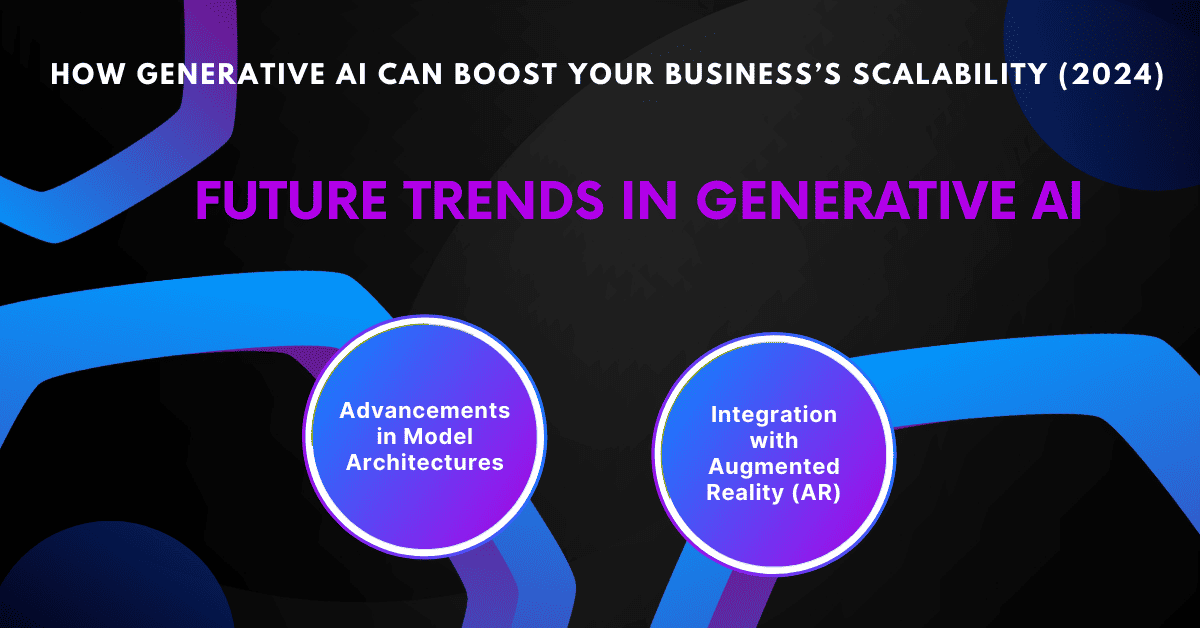
A. Advancements in Model Architectures
Model architecture improvements are driving further developments in the field of generative AI. Future iterations of GPT-4 are expected to offer improved comprehension, creativity, and skills, opening the door to more advanced applications.
B. Integration with Augmented Reality (AR)
The combination of Augmented Reality (AR) and Generative AI creates new opportunities for immersive experiences. The combination of generative AI and AR is set to alter interactive applications, ranging from real-time generation to AR-based content production.
Conclusion
To sum up, the application of generative AI in a variety of contexts represents a paradigm change in the way we view creativity and innovation. The adaptability of generative models is highlighted by their potential to revolutionize digital experiences, as evidenced by a range of application cases.
It is critical that we support creativity and generative AI experimentation going forward. Because of this technology’s dynamic character, companies and developers are encouraged to investigate novel ideas and push the limits of what is feasible in the field of AI-driven innovation.
FAQ’s
-
What frameworks or models are commonly used in implementing Generative AI for business applications?
In business applications, OpenAI’s GPT-4 is notable for text and image generation, while TensorFlow and Keras excel in image synthesis using VAEs and GANs. PyTorch is preferred for dynamic computation in tasks like image generation. StyleGAN is popular for creative industries, BERT for language tasks, and CycleGAN for image-to-image translation. ChatGPT is tailored for conversational applications. The choice depends on specific business needs and generative tasks.
-
What’s the fine-tuning process for Generative AI models in a business context, and how businesses can tailor models to specific industry requirements?
Fine-tuning involves adjusting a pre-trained model on specific tasks or domains relevant to a business. In the context of Generative AI, businesses can leverage pre-trained models (e.g., GPT-3) and fine-tune them for industry-specific applications. The process typically involves providing the model with a dataset representative of the business domain and task, adjusting hyperparameters, and training the model on this specialized data. This tailoring ensures that the model becomes adept at generating content, responses, or creative outputs that align with the specific terminology, style, or requirements of the industry, making it a powerful and customized tool for business applications.
